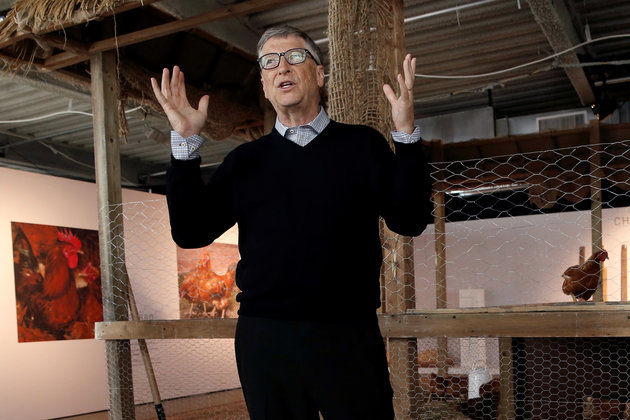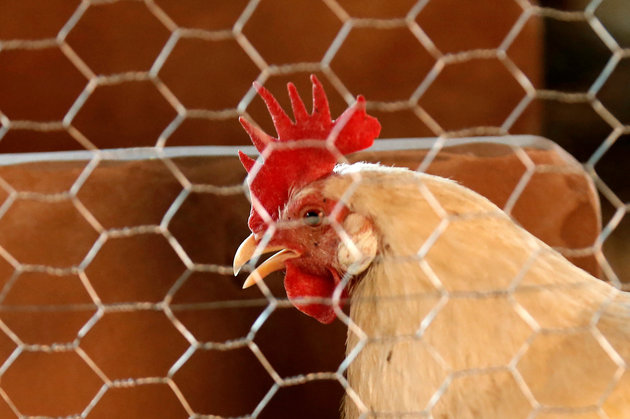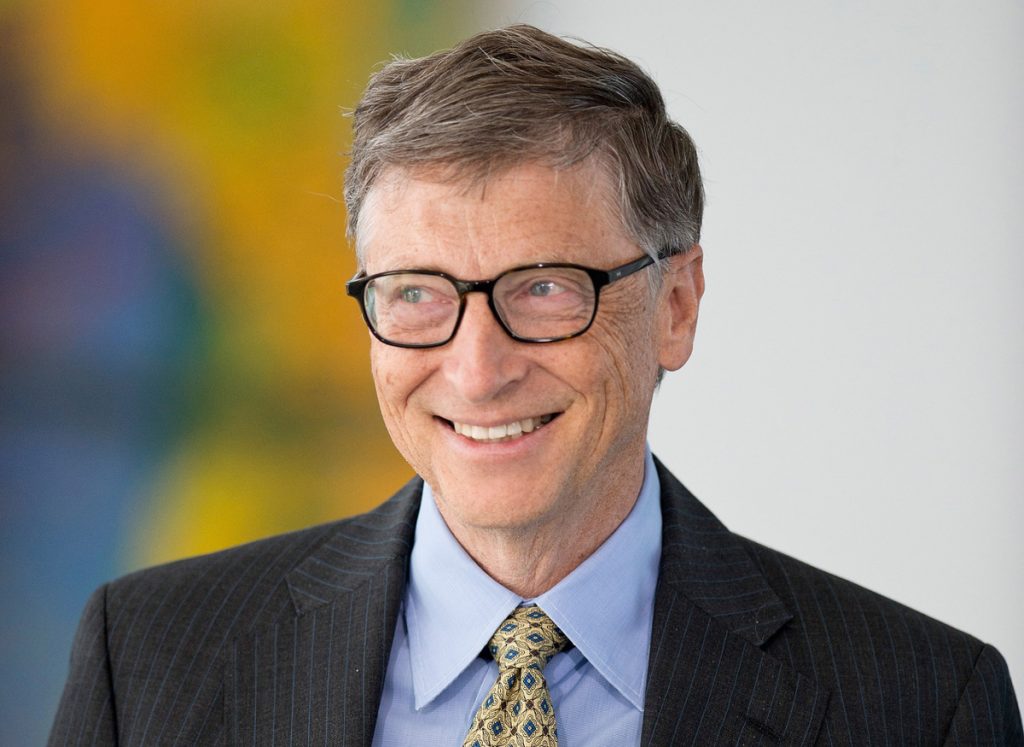From the top of the World Trade Center and with dozens of chickens squawking in the background, Bill Gates announced his foundation’s new initiative to help provide 100,000 chickens to families living in extreme poverty.
Gates will distribute the chickens to people living on less than $2 a day in a range of countries, focusing particularly on West Africa. The idea is that the relatively small gift of a flock of chickens can gradually turn into a major resource for a poor family.
“These chickens are multiplying on an ongoing basis, so there’s no investment that has a return anything like being able to breed chickens,” Gates said. “Our goal is to take West Africa, where now only five percent of households have chickens, and get that up — country by country — to about 30 percent.”
Part of the initiative involves a partnership with nonprofit Heifer International, in which donors can take actions such as reading an article, watching a video and then answering a quiz. After completing all of the stages, the foundation will give a flock of chickens to a family in need on the participant’s behalf.

The “chicken math” is simple, according to the Gates Foundation: If a farmer begins with five hens and a rooster, after three months they can produce 40 chicks, and at a price of $5 per chicken, which is typical in West Africa, that can amount to more than $1,000 a year. With the extreme-poverty line at about $700 a year, it’s a fair proposition.
Gates compared the initiative to the old parable about teaching a man to fish — but in this case, the fish is a chicken, and instead of a man, it should really be about teaching a woman.
“Chickens are almost always a woman’s activity,” Gates said. “And if you get the income going to the mother, it’s used for nutrition or school fees a higher percentage of the time than if you give it to the man.”

While the donated chicks will certainly make a difference for the families who receive them, the real purpose of the giveaway seems to be less about giving livestock — 100,000 chickens is a drop in the bucket compared to the $400 million Gates gives every year in agricultural initiatives — and more about informing people of the issues, and converting them into donors:
“Historically the gold standard was that you would go to a country and actually see — you’d be drawn in, you’d want to give and be committed the rest of your life,” Gates said. “Now we can make that same type of connection, by showing you digitally: Here’s the family you got chickens for, here’s how it’s uplifted them. Today the number of Americans giving to Heifer is quite small, and we’d love to see that scaled up.”


